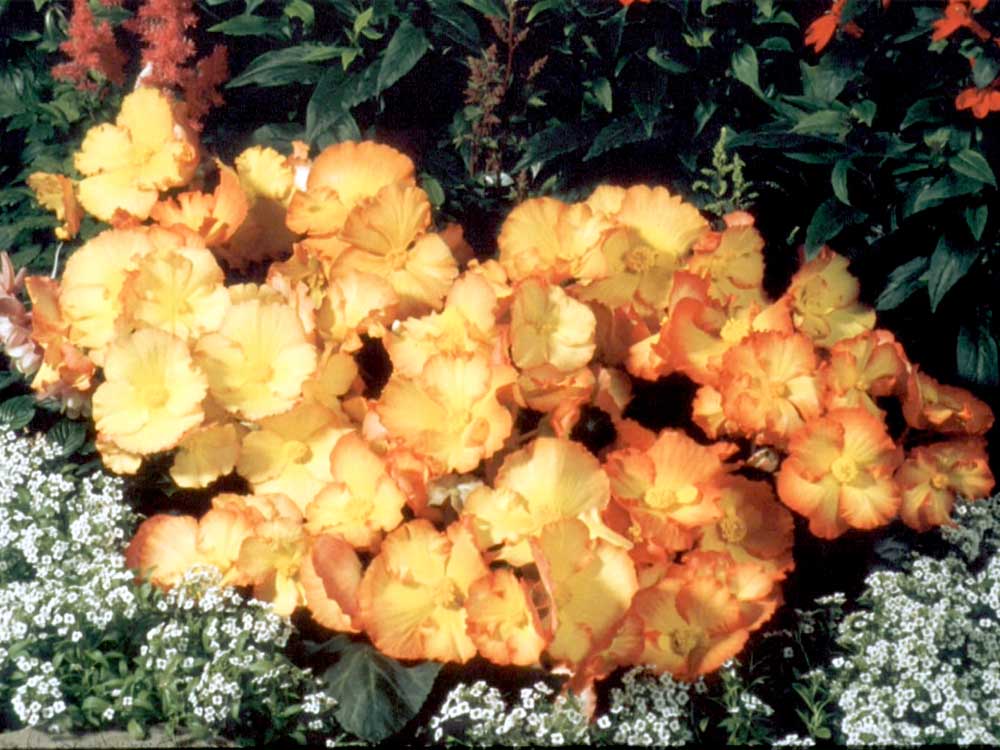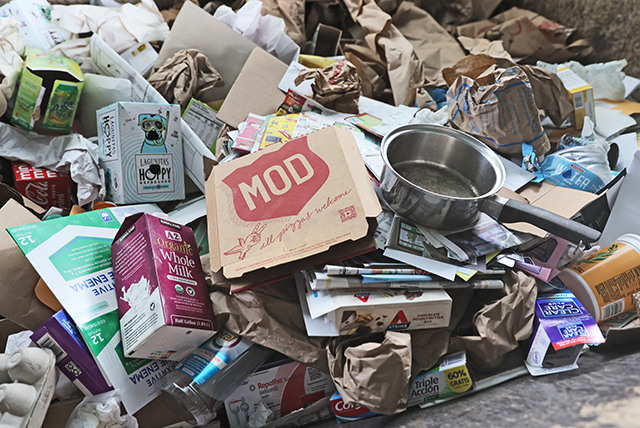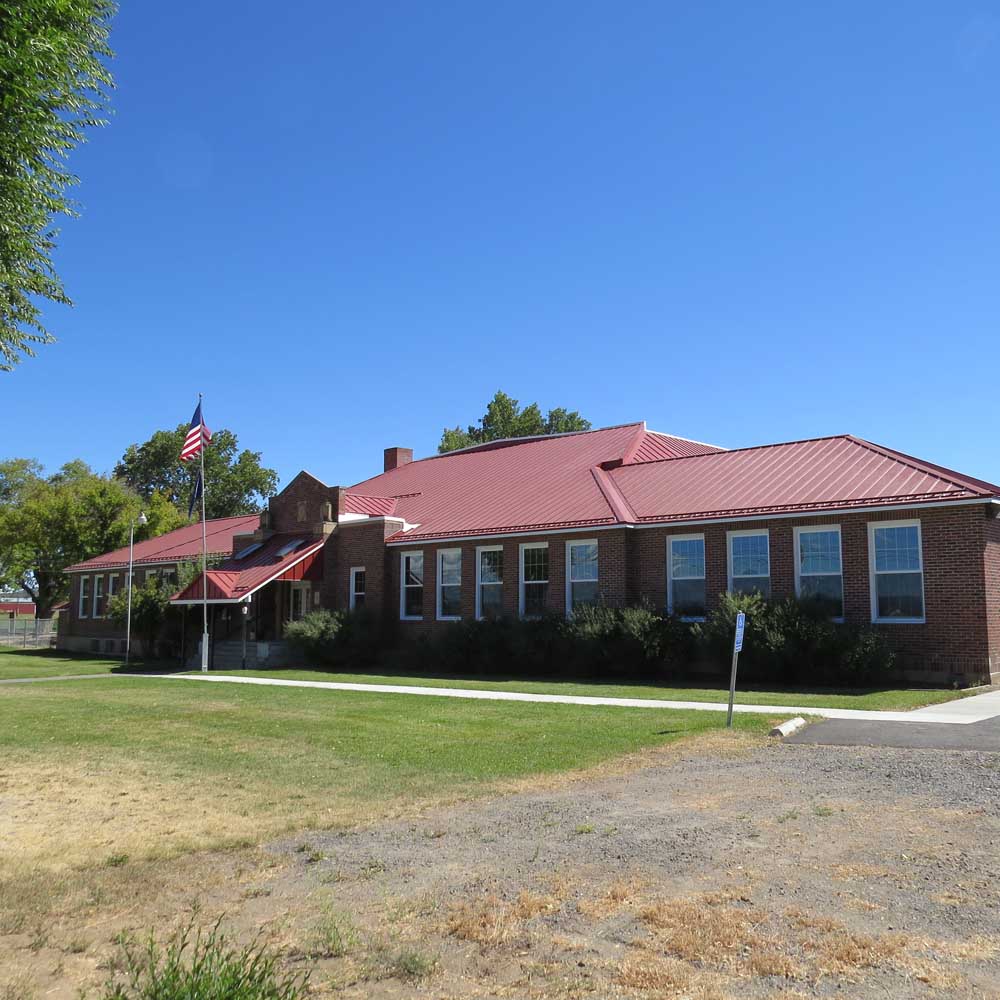Start begonias indoors for summer blooms
Published 12:00 am Tuesday, April 7, 2015

- All-America Selections / Submitted photoThe tuberous begonia "Pin Up Flame" has vibrant hues and large flowers.
I thought the seed temptress had moved on to another gullible gardener, but apparently not. Who was I kidding? She always hovers and lingers until she has drained both mental strength and pocketbook. I tried to fight her but have again surrendered to her call.
The spring edition of Country Garden arrived, and I was reminded of the delight and pleasure I had growing hanging baskets of tuberous begonias in Anchorage, Alaska.
Trending
At the time, the 1960s, it was almost un-Alaskan to not have a hanging basket or two in the front of the house to be admired and envied by all. We lived in a neighborhood that was one of the first planned subdivisions, and all residents seriously felt their obligation to provide the biggest and best hanging basket on the block.
At the height of the tourist season, it was the neighborhood recreation to watch the tour buses come through our neighborhood for photo ops. It went like this: Tour bus stops across from my house, bus doors open, tourists with cameras pile off, cameras click, click, click. Tour bus driver looks at watch and starts herding everyone back on bus. Door closes and bus leaves. Not to worry: The next bus isn’t far behind.
Did you get the drift that my baskets weren’t worthy of the click, click, click, but my neighbor had baskets to drool over? Give me some slack. I had three children under the age of 4. Our claim to fame in the neighborhood was the size of our sandbox.
Remembering those days with a smile and a giggle, I decided to try my hand at a tuberous begonia basket this year.
White Flower Farm in Litchfield, Connecticut, is credited with importing the first Blackmore & Langdon tubers from England in 1955. Blackmore & Langdon has been in business since 1901 and has an interesting history. During World War II, “land girls” did the field jobs done by the male staff who had gone to war, much like our own Rosie the Riveters who filled in for the men who had gone to defend the country. Some of the fields were planted with foodstuffs that included sweet corn grown especially for the American servicemen being cared for at the local hospital. The stock of precious begonias and delphiniums was saved from the bombings, but a field of peony plants were lost in a German bombing that also damaged buildings and greenhouses.
Begonia tubers are started indoors usually in late February for bloom in June, which is a little early for our climate. Tubers started in March or early April should bloom in July.
Trending
The recommended process is to plant the tuber using a good quality pre-moistened seeding mix in a 4-inch pot that has bottom drainage holes, with the indented or hollow side up. Cover with a half inch of seeding mix. Place the container in a 70-degree location.
When the starts have reached about 1 inch, they can be potted either to 6-inch pots or to their permanent summer containers. Moving the plants to supplemental lighting or to a brighter location at this time will help form short, stubby stems rather than tall, leggy ones.
To accustom the plants to outdoor conditions, begin moving the plants outdoors over a period of 10 days to two weeks. This is referred to as hardening off. Move the plants outdoors on a warm day to a shaded, protected area. Bring them back indoors before temperatures cool at night. Gradually move them into brighter light, continuing to bring them in at night. Once the weather has settled, the containers should be moved to their permanent site.
The site for tuberous begonias should be somewhat protected from wind and where plants will be shaded most of the day. Diffused light of an eastern or western exposure is acceptable, according to White Flower Farm head gardener Cheryl Whalen. “In too much shade, they don’t bloom as well.”
Tuberous begonias aren’t anything like the diminutive wax begonias best-known for their attractive foliage. We’re talking big, ruffled, many-petaled blossoms that can measure 5 inches across in deep, rich or bright, pure primary colors, some with bicolor petals that look as if they have been dipped in paint. Varieties can either be upright or cascading. The upright variety may need stacking. Cascading types are occasionally pinched back to make them branch. Cascading varieties usually have smaller blossoms.
We are never totally able to replicate the gardens of our past — do we really want to? There are times when we read an article or spot something in a catalog that jogs our memory and makes us want to try again. I have four begonia tubers started, but I know the experience won’t be the same without the tour bus and the cameras.
— Reporter: douville@bendbroadband.com








